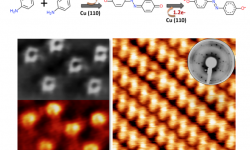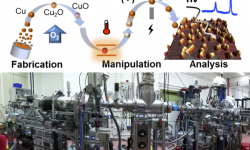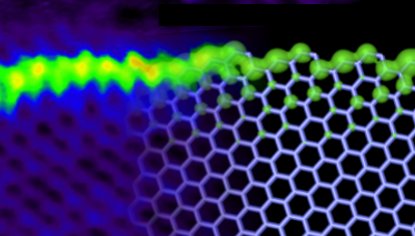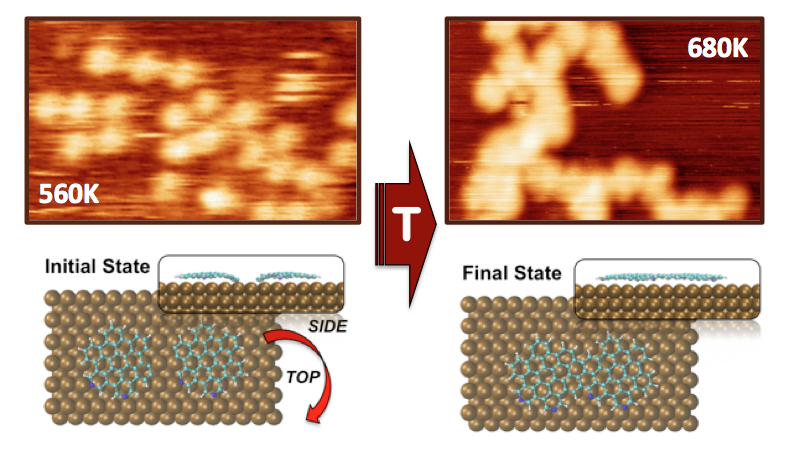Comparative structural characterization of two types of graphene layers on SiC (Appl. Surf. Sci. 2019)

We have studied epitaxial graphene grown on SiC by chemical vapour deposition. In the work, two kinds of graphene layers were evaluated, a single layer graphene and a quasi-free-standing graphene obtained by hydrogen intercalation under the buffer layer. To evaluate the influence of the different nature of both graphene layers…










